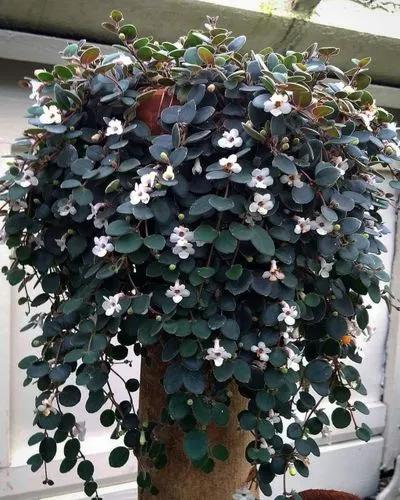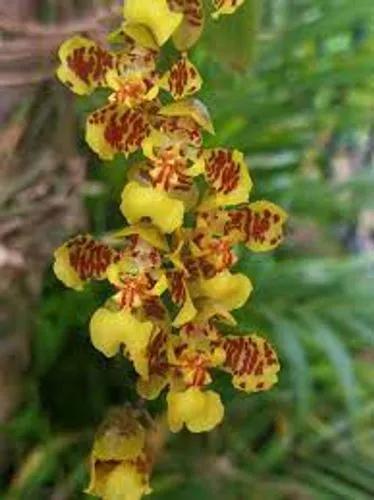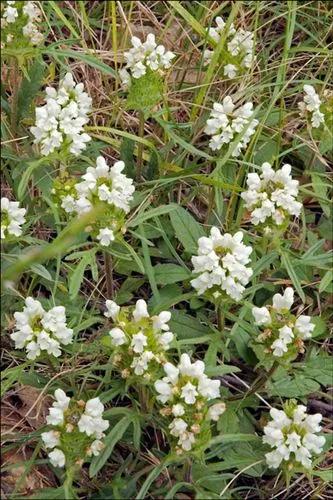Billbergia pyramidalis, commonly known as the flaming torch and foolproof plant, is a species of bromeliad that is native to northern South America and parts of the Caribbean.
Flaming torch Care
Billbergia pyramidalis



Billbergia pyramidalis, a perennial, clump-forming stemless bromeliad plant, is adaptable, growing well as a terrestrial or epiphytic plant. When on the ground, plants quickly create large clumps, and when planted at the base of a tree, they will slowly climb the trunk. The strap-like, green-coloured, overlaying, leathery leaves are arranged in jar-shaped basal rosettes, with a central cup that keeps water, organic debris and insects, thus providing extra nutrients to be absorbed by the plant. The thick, red or pink brush-shaped flowers on an individual plant last less than one month, but nearly all plants will come into bloom at the same time in the late summer or early autumn. In some latitudes, they bloom more frequently. The scarlet-coloured, erect, pyramidal flowers are laid in thistle-like inflorescences, which are made up of red, tube-shaped flowers with violet or yellow highlights.
How to Care for the Plant

Water

Water billbergia grown outdoors whenever the top of the soil feels dry. Don't water if the soil is damp as the soil needs time to dry so the roots can breathe. To water indoor plants, pour distilled water into the natural cup formed at the base of the leaves. In addition, fill the cups of the smaller offshoots - or pups - that grow at the base of the plant. Add more water when the cups are empty, as the cups serve as reservoirs.

Fertilizer

Feed billbergia every one to two months during spring and summer, using a general-purpose, water-soluble fertilizer. Use a weak solution mixed to one-third to one-half the solution recommended on the label. Pour the dilute solution directly into the cups.

Sunlight

Outdoors, billbergia requires filtered or dappled light. Indoors, place the plant in a window with a western, eastern or southern exposure where it receives light for at least three to four hours per day. Avoid bright, intense light.

Soil

Fill the pot with a commercial potting mixture for epiphytic plants. The potting mixture contains ingredients such as tree and plant fiber, peat moss and bark chips. In the ground, plant offsets in well-drained soil. If the soil drains poorly, dig in 2 to 3 inches of organic material such as compost or peat moss.

Temperature

Indoors, billbergia thrives in normal room temperatures of 70 to 75°F (21-23°C) during the day, and about 10°F (12°C) cooler at night. Outside, it may not withstand temperatures below 30°F (-1.1ºC).

Container

Choose any type of container with enough drainage holes.

Popularity

44 people already have this plant 8 people have added this plant to their wishlists
Discover more plants with the list below
Popular articles






